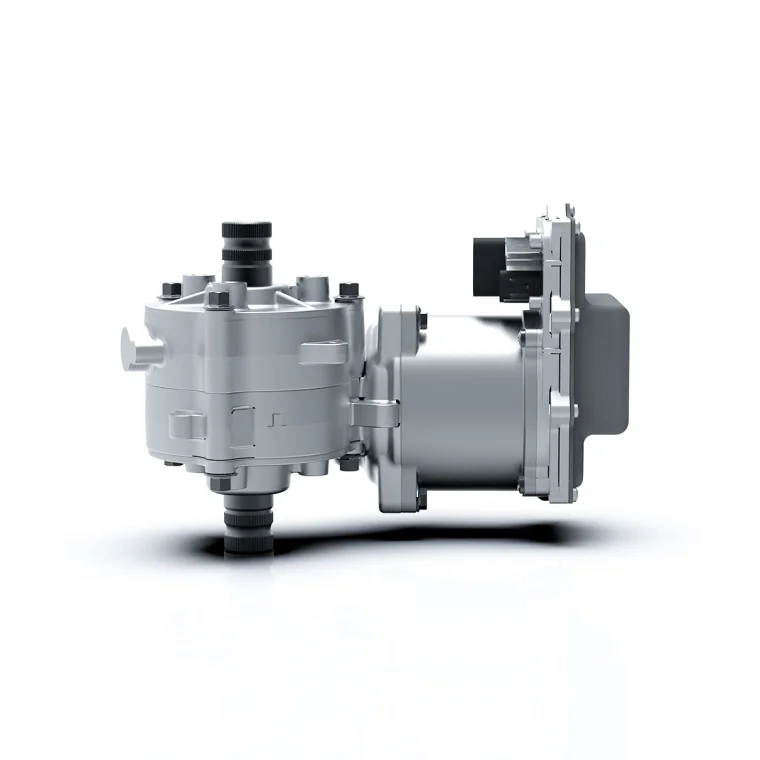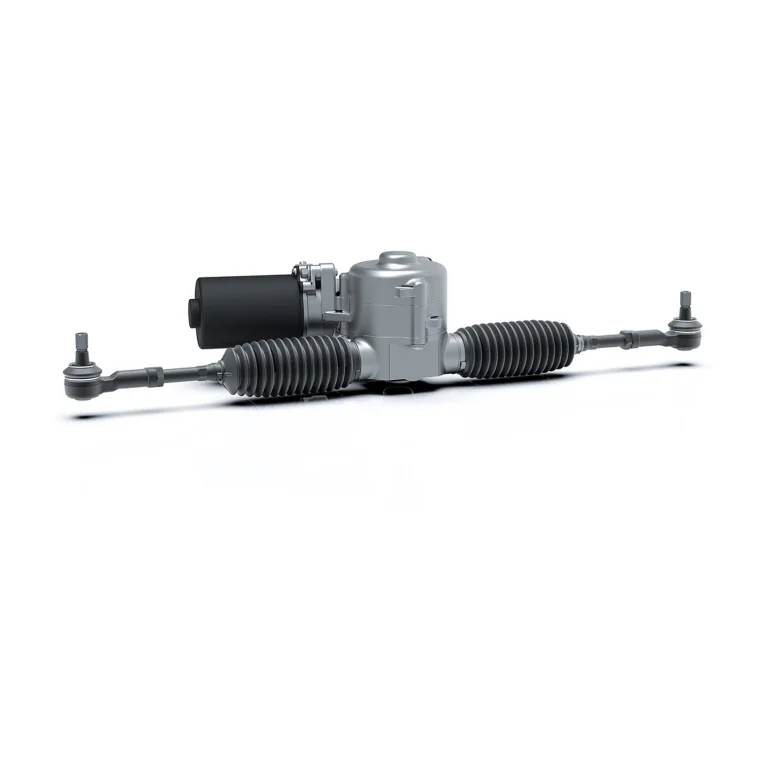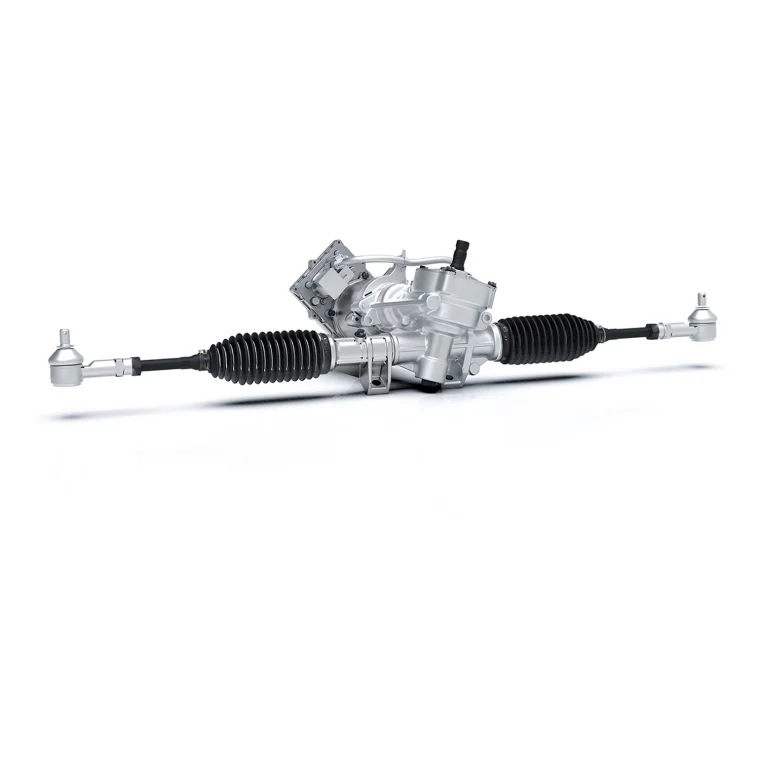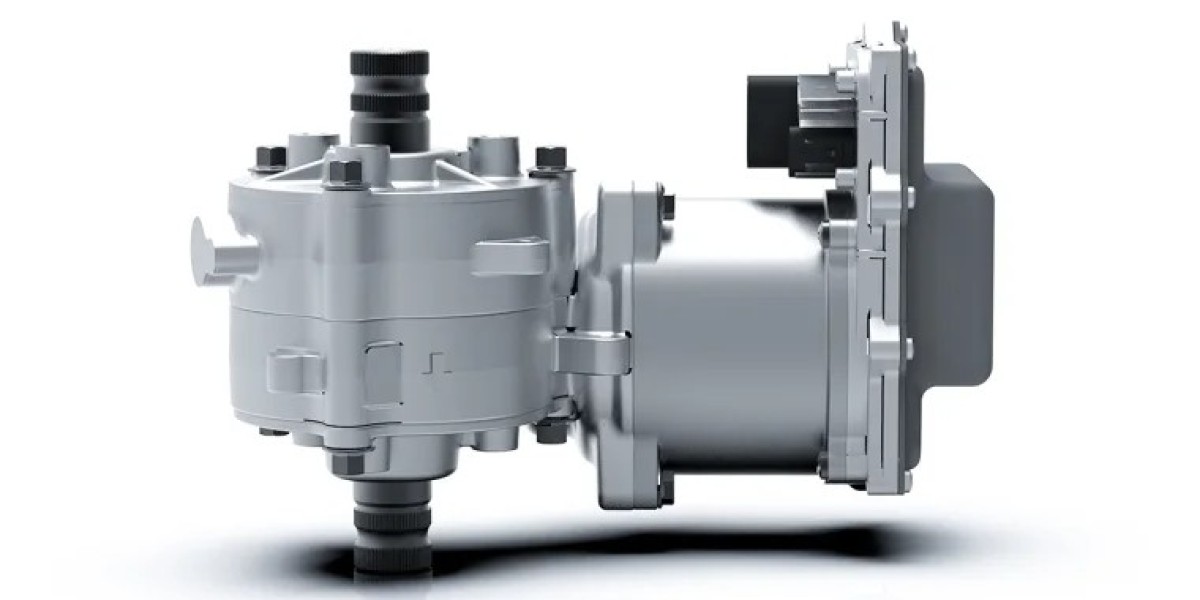The automotive industry has witnessed significant advancements in vehicle technology in recent years. One such innovation that has received much attention is the steer-by-wire system. This cutting-edge technology replaces traditional mechanical steering components with an electronic system, changing the way we control and steer our vehicles. In this article, we will take a closer look at the benefits and applications of steer-by-wire systems.
I. Basics of the Steer-By-Wire Systems
Before we delve into the advantages and applications, let's first understand what steer-by-wire systems are. Steer-by-wire, also known as electronic steering, is a technology that eliminates the physical connection between the steering wheel and the wheels. Instead of using mechanical linkages, steer-by-wire systems rely on electronic sensors, actuators, and control units to transmit steering inputs and control the vehicle's direction.
Steer-by-wire systems consist of various components working together to provide precise and responsive steering control. These components include electronic sensors that detect the position and movement of the steering wheel, TCDU(TEEMO Chassis Domain - controller Unit ) that process the sensor data and send commands to actuators, and electric motors or hydraulic systems that actuate the steering mechanism.

II. Advantages of Steer-By-Wire Systems
1. Enhanced Vehicle Control:
One of the primary advantages of steer-by-wire systems is the enhanced vehicle control they offer. By eliminating the mechanical linkages, these systems provide a more direct connection between the driver and the vehicle. The absence of physical components reduces friction and play in the steering system, resulting in improved accuracy and better handling.
Steer-by-wire systems can also incorporate advanced technologies such as variable steering ratios and adaptive steering, allowing drivers to customize the steering feel and response according to their preferences. This level of control enhances the driving experience and gives drivers a greater sense of confidence and control on the road.
2. Improved Safety:
Steer-by-wire systems have the potential to significantly improve vehicle safety. By integrating advanced sensors and control algorithms, these systems can offer various safety features such as lane-keeping assist, collision avoidance, and automated parking.
In emergency situations, steer-by-wire systems can provide additional assistance by automatically adjusting steering inputs to help the driver maintain control. For example, if the vehicle detects a potential collision, it can autonomously steer away from the obstacle, reducing the risk of an accident.
Furthermore, steer-by-wire systems can enhance safety by providing feedback to the driver in critical situations. For instance, if the vehicle is about to leave its lane unintentionally, the system can provide haptic feedback through the steering wheel, alerting the driver and prompting corrective action.
3. Design Flexibility:
Another advantage of steer-by-wire systems is the design flexibility they offer to automakers. The absence of mechanical components allows for greater freedom in vehicle design, enabling the creation of more spacious and ergonomic interiors.
Steer-by-wire systems eliminate the need for a traditional steering column, freeing up valuable space in the front of the vehicle. This additional space can be utilized for various purposes, such as integrating advanced driver-assistance systems (ADAS), improving crash safety structures, or enhancing the overall comfort and convenience for occupants.
4. Fuel Efficiency:
Steer-by-wire systems contribute to improved fuel efficiency in vehicles. By eliminating the mechanical linkages, these systems reduce the weight of the vehicle, resulting in reduced energy consumption.
The electronic control of steering inputs also allows for optimized power assistance. Unlike traditional hydraulic power steering systems that continuously draw power from the engine, steer-by-wire systems can adjust the level of assistance based on driving conditions, reducing energy consumption and improving overall fuel efficiency.

III. Applications of Steer-By-Wire Systems
1. Autonomous Vehicles:
Steer-by-wire technology plays a crucial role in the development of autonomous vehicles. The precise control and maneuverability provided by these systems are essential for autonomous driving functions. By integrating steer-by-wire systems with advanced sensors, cameras, and control algorithms, vehicles can navigate complex road environments and make real-time steering adjustments to ensure safe and efficient autonomous driving.
2. Electric Vehicles:
Steer-by-wire systems are particularly beneficial for electric vehicles (EVs). The lightweight design and energy-efficient operation of these systems align well with the goals of electric vehicle manufacturers.
The elimination of mechanical linkages reduces the overall weight of the vehicle, contributing to extended battery range and improved performance. Additionally, steer-by-wire systems can be integrated with regenerative braking systems, allowing for enhanced energy recovery during deceleration and braking.
3. Commercial Vehicles:
Steer-by-wire systems offer significant advantages for commercial vehicles, such as trucks and buses. The precise control and maneuverability provided by these systems enhance safety and ease of operation, particularly in tight spaces or challenging driving conditions.
Commercial vehicles equipped with steer-by-wire systems can benefit from features like advanced driver-assistance systems (ADAS), which can assist drivers in maintaining lane discipline, avoiding collisions, and improving overall vehicle stability.

Conclusion
Steer-by-wire systems offer numerous benefits and applications to the automotive industry. From enhanced vehicle control and improved safety to design flexibility and fuel efficiency.
As autonomous and electric vehicles continue to develop, steer-by-wire systems will play a key role in shaping the future of transportation.
If you are looking for steer-by-wire (SBW) system solutions,welcome to contact TEEMO.
E-mail:support@teemo.group,sales@teemo.group
The Roles of Steer-By-Wire Systems in Autonomous Vehicles
Naijamatta is a social networking site,
download Naijamatta from Google play store or visit www.naijamatta.com to register. You can post, comment, do voice and video call, join and open group, go live etc. Join Naijamatta family, the Green app.
Click To Download


